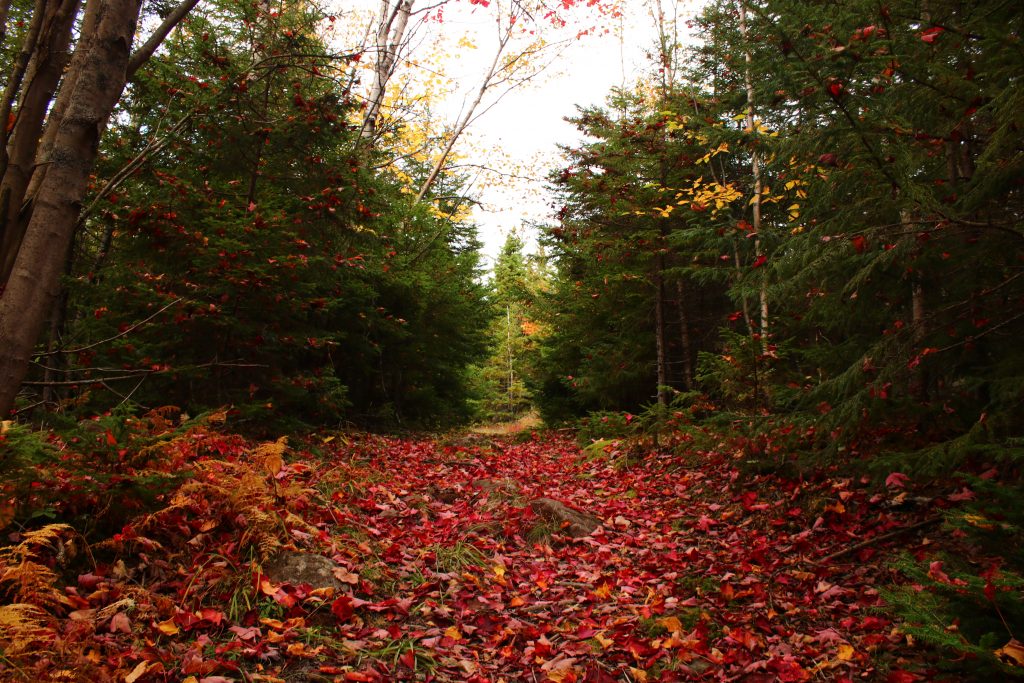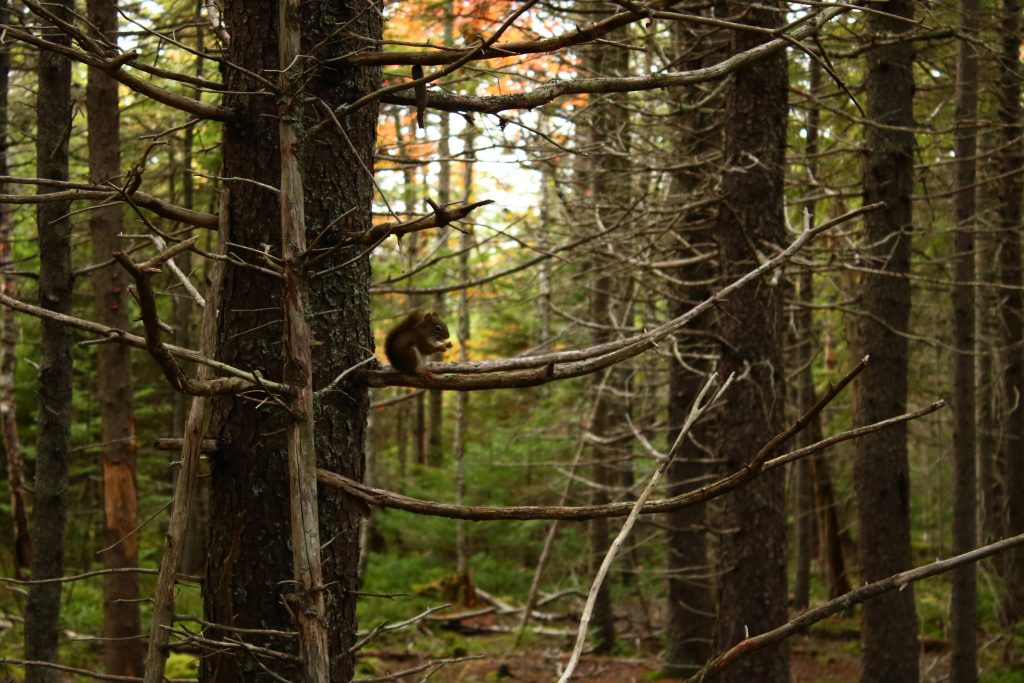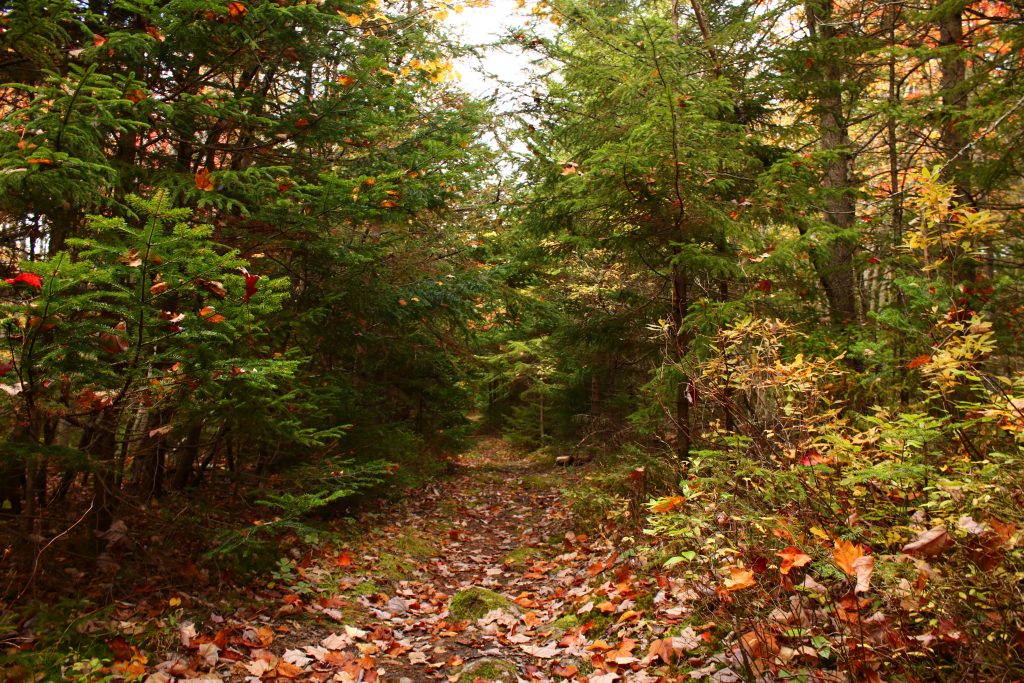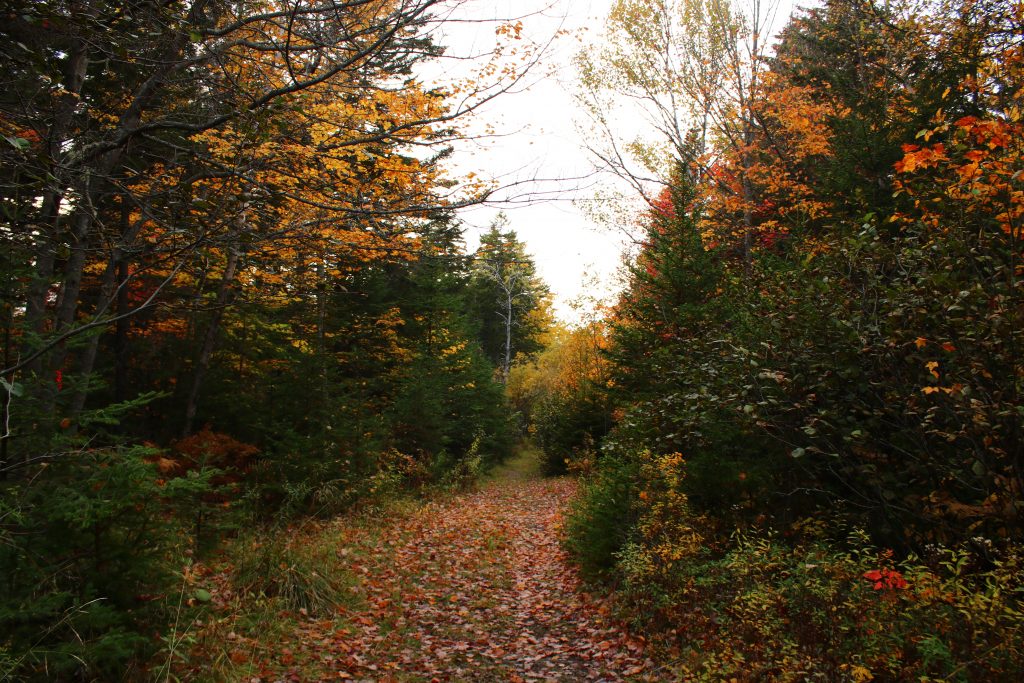Have you heard of the trails behind campus? They’re beautiful and they’re getting a makeover.

Last week, the SRC was approved to begin updating the trails, making them more accessible to the community. The trails, which are in use by ecology and science students, are currently unmarked and have become overgrown in some areas.
Signage and exit markers to be added
The SRC President, Patrick Hickey, explained that the first step of ordering new signs is already underway. The entrances and exits will be marked, and directional signs will also be placed along the trails.
The trails will be named in partnership with the UNB’s Indigenous partners, and trailhead signs will be ordered in the traditional Indigenous language.

Hickey explained that once the trails have been re-cut and the signs have been placed, there will be an online map available to help students navigate the trails. The SRC is also working with the UNB Green Society and athletics department to develop program options, such as snowshoeing and cross country.
The entrance to the trails is located across a small footbridge in the gravel parking lot, behind the campus’ residence buildings. There are three sections to the trail system, one leading to the river, one exiting onto Sandy Point Road, and one looping around to reconnect with the main trail.
While they are still open to the public at this time, it is urged to take caution when entering the trail system until the makeover is completed.
Forest bathing at UNBSJ
These updates to the trail system make them the perfect place to de-stress through the practice of forest bathing. It’s not as weird as it sounds and, no, you don’t have to take a bath.

According to National Geographic, forest bathing is the mindful practice of “physiological and psychological exercise” through immersing oneself in nature.
The first step is simple; you are to go outside, preferably away from distractions, such as electronic devices or busy streets. Once outside, you will use your senses to explore your surroundings, taking notice of the different coloured leaves blanketing the ground, hearing them crunch beneath your feet, smelling the pine trees, holding onto the leaves as you explore, and most importantly, breathing. This practice could take hours or only ten minutes, it’s up to you to decide how your experience will take shape.
By focusing on the senses, we allow ourselves to be fully immersed in the present moment. The beauty of mindfulness is that there is no way to do it wrong.

If your mind starts to wander – and it will – come back to your senses, and begin again. Keep asking yourself the same questions, what do you see, smell, hear, feel?
Forest bathing is a useful tool for destressing, as even just a few minutes of fresh air can make a huge difference, and regular practice has shown to have positive effects on physical and mental health.
If you’re interested, there is an abundance of information about forest bathing that you can find online. For even more information, you can check out the books “Forest Bathing” by Dr. Qing Li, and “Forest Therapy” by Sarah Ivens.





